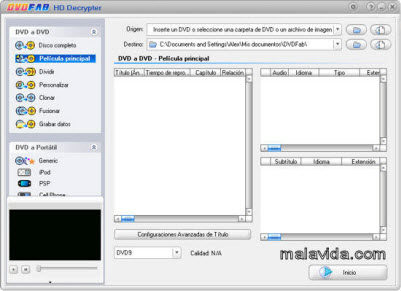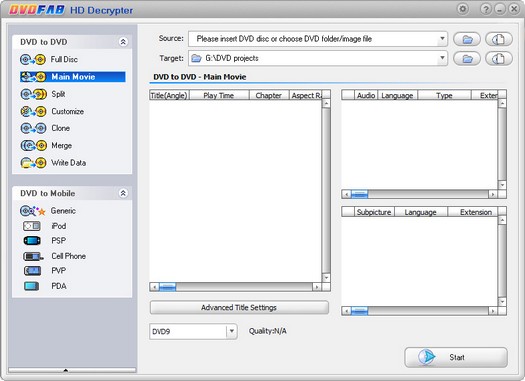
Its members comprised Toshiba as the Chair Company and Secretary, Memory-Tech Corporation and NEC as Vice-Chair companies, and Sanyo Electric as Auditors there were 61 general members and 72 associate members in total. The HD DVD Promotion Group was a group of manufacturers and media studios formed to exchange thoughts and ideas to help promote the format worldwide. It was adopted by the DVD forum and renamed to HD DVD the next year. In August, Toshiba and NEC announced their competing standard Advanced Optical Disc. In spite of this decision, the DVD Forum's Steering Committee announced in April that it was pursuing its own blue-laser high-definition solution. and other motion picture studios that involved compressing HD content onto dual-layer DVD-9 discs. In March 2002, the forum voted to approve a proposal endorsed by Warner Bros. Although today's Blu-ray Discs appear virtually identical to a standard DVD, when the Blu-ray Discs were initially developed they required a protective caddy to avoid mis-handling by the consumer (early CD-Rs also featured a protective caddy for the same purpose.) The Blu-ray Disc prototype's caddy was both expensive and physically different from DVD, posing several problems. The DVD Forum (chaired by Sony) was deeply split over whether to go with the more expensive blue lasers or not. In February 2002, the project was officially announced as Blu-ray Disc, and the Blu-ray Disc Association was founded by the nine initial members. The two formats share several technologies (such as the AV codecs and the laser diode). Sony started two projects applying the new diodes: UDO (Ultra Density Optical) and DVR Blue together with Philips, a format of rewritable discs which would eventually become Blu-ray Disc (more specifically, BD-RE) and later on with Pioneer a format of read only discs (BD-ROM). Origins and competition from Blu-ray Disc

Shuji Nakamura invented practical blue laser diodes, but a lengthy patent lawsuit delayed commercial introduction. It was well known that using lasers with shorter wavelengths would yield optical storage with higher density. JVC's D-VHS and Sony's HDCAM formats could store that amount of data, but were neither popular nor well-known. In the late 1990s, commercial HDTV sets started to enter a larger market, but there was no inexpensive way to record or play back HD content. The HD DVD physical disc specifications (but not the codecs) were used as the basis for the China Blue High-definition Disc (CBHD) formerly called CH-DVD. The HD DVD Promotion Group was dissolved on March 28, 2008. On February 19, 2008, Toshiba abandoned the format, announcing it would no longer manufacture HD DVD players and drives. The format was commercially released in 2006 and fought a protracted format war with rival Blu-ray. HD DVD employed a blue laser with a shorter wavelength (with the exception of the 3× DVD and HD REC variants), and it stored about 3.2 times as much data per layer as its predecessor (maximum capacity: 15 GB per layer compared to 4.7 GB per layer on a DVD). Supported principally by Toshiba, HD DVD was envisioned to be the successor to the standard DVD format. HD DVD (short for High Definition Digital Versatile Disc) is an obsolete high-density optical disc format for storing data and playback of high-definition video.

High-Definition Versatile Multilayer Disc (HD VMD).HD DVD: HD DVD-R, HD DVD-RW, HD DVD-RAM.Blu-ray Disc ( BD): BD-R & BD-RE, Blu-ray 3D, Mini Blu-ray Disc.DVD: DVD-R, DVD+R, DVD-R DL, DVD+R DL, DVD-R DS, DVD+R DS, DVD-RW, DVD+RW, DVD-RAM, DVD-D, DVD-A, DVD-Video, HVD, EcoDisc, MiniDVD.Compact disc ( CD): CD-DA, CD-ROM, CD-R, CD-RW, 5.1 Music Disc, Super Audio CD ( SACD), Photo CD, CD Video ( CDV), Video CD ( VCD), Super Video CD ( SVCD), CD+G, CD-Text, CD-ROM XA, CD-i, MIL-CD, Mini CD.


 0 kommentar(er)
0 kommentar(er)
